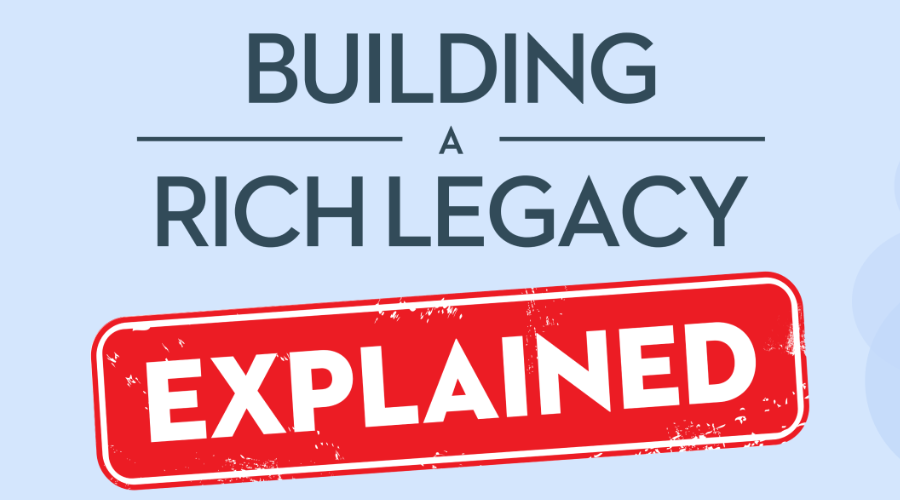With many Canadians relying on the Canada Pension Plan (CPP) and Old Age Security (OAS) to cover at least some of their retirement expenses, it’s important to understand how these government benefits work.
Typical questions Canadians often ask are: how much do you get for CPP and OAS; what is the average CPP and OAS payment; when can I collect CPP and OAS; what is the average CPP and OAS in Canada; and is a CPP and OAS calculator helpful?
In this article, we’ll answer all of those questions and more, including how to apply for CPP and OAS and who qualifies to receive these benefits.
Who is eligible to receive CPP and OAS payments?
Before we look at how much is OAS and CPP, let’s see if you can qualify to receive it. Qualifying to receive CPP and OAS payments is fairly simple: let’s break them down:
To qualify for the Canada Pension Plan you must:
- Be at least 60 years old
- Have made at least one valid CPP contribution
To qualify for Old Age Security, you must:
- Be 65 years or older
- Have lived in Canada for at least 10 years since turning 18
- Be a Canadian citizen or legal resident at the time your OAS pension is approved
How much do you get for CPP and OAS payments? That’s a very different question and not as simple. For example, how much is CPP and OAS at 65? Considerably less than you would receive at age 70. CPP and OAS amounts vary greatly from person to person. Your personal situation will greatly affect the CPP and OAS amounts you’ll receive.
For example, someone who has lived their whole life in Canada and had a fairly well-paying job could possibly receive the maximum CPP and OAS payments. Someone who has lived outside of Canada for half their life could expect to receive considerably lower CPP and OAS payments. Let’s take a closer look at how much OAS and CPP could be worth for you.
How much will I get from CPP and OAS?
The average CPP and OAS in Canada are both considerably lower than the highest payments possible. This is because there are so many requirements that you need to meet to qualify for maximum CPP and OAS amounts.
Maximum OAS and CPP amounts:
The maximum OAS monthly payment as of January 2024 is $713.34
(you can find the most up-to-date maximum OAS payments on the Old Age Security Government of Canada page).
The maximum CPP monthly payment for 2024 is $1,364.60
The average monthly CPP amount for new beneficiaries in 2023 was $758.32
(you can find the most up-to-date CPP payments on this Canada Pension Plan Government of Canada page).
Both CPP and OAS increase in line with the Consumer Price Index (however, they are not reduced if the CPI drops).
How much you get for CPP and OAS is likely to be considerably less than the full amount. Knowing what is the average CPP and OAS payments may not be too helpful, given that what you’ll receive all depends on your personal circumstances. Let’s take a look at how these payments are calculated.
Criteria for CPP and OAS payments
If you have lived in Canada for 40 years or more after turning 18, you should receive the full OAS pension benefit. If you have lived in Canada for less than that, your OAS benefit will be reduced by one-fortieth of the full amount for each year under 40. Here are some examples:
| Years spent in Canada over the age of 18 | OAS benefit at age 65 (as of Jan 2024) |
| 40 | $713.34 |
| 30 | $535.01 |
| 20 | $401.25 |
The earliest age you can receive OAS is 65, but you can delay receiving it up until the age of 70. You will receive an extra 7.2% for every year you delay receiving it, up to an extra 36% if you wait until you’re 70. There is no incentive to delay receiving OAS any later than that.
The amount of OAS you receive is also dependent on your income. If you earn over $90,997 in 2024, you will have to start paying back 15% of the excess over this amount, up to the total amount of OAS received.
While calculating OAS payments is fairly straightforward, a CPP OAS calculator comes in very handy when working out how much CPP you’ll receive. The exact amount will depend on these factors:
- When you start drawing your pension
- How long you contributed to CPP
- How much you contributed to CPP
- Your average earnings during your working life
The government will exclude up to eight years of your lowest earning history when it calculates the base component of your CPP retirement pension. You can receive an estimate of what you will receive by logging into your My Service Canada Account.
Alternatively, this Canadian retirement CPP and OAS calculator can help you work out how much CPP and OAS you’ll receive, at different retirement ages. A CPP and OAS calculator can also help you work out if you’ll qualify for the maximum CPP. To do this, you would typically need to have worked for many decades and paid the maximum CPP contribution each year.
As with OAS, CPP payments increase with every year you delay drawing it after 65 (CPP increases by 8.4% for every deferred year, to a maximum of 42% extra at age 70). Conversely, CPP payments are reduced by 7.2% for every year below 65 that you start drawing from it, to a maximum of 36% less if you start your CPP pension at age 60.
Taxes on CPP and OAS payments
OAS and CPP amounts are both considered income and are fully taxable.
When can I collect CPP and OAS?
You can start collecting CPP at 60 and OAS at 65, and you can delay collecting them both until you’re 70 (there is no benefit to delaying any longer than this).
Applying for CPP and OAS
Being able to answer the question, how much will I get from CPP and OAS will determine the best time to be applying for CPP and OAS. You only want to be applying for CPP and OAS when you actually need it.
How to apply for CPP and OAS online: applying for CPP and OAS is easy through your My Service Canada Account.
How to apply for CPP and OAS using a paper application: download form ISP1000, fill it in and mail it to your nearest Service Canada office.
How to apply for CPP and OAS in person: visit your nearest Service Canada office.
How to supplement your CPP and OAS payments in retirement
Now that you know the answer to the question, How much will I get from CPP and OAS, the next question is, Will this be enough for you to retire on?
If you don’t have a generous company pension plan or considerable RRSP savings, the answer will probably be no. Even if you receive the full OAS pension and the average CPP pension, that only adds up to just over $1,345 per month. Most pensioners would struggle to have a comfortable retirement on that pre-tax income.
If you are a homeowner aged 55-plus, however, there is an easy way to supplement your CPP and OAS payments. A CHIP Reverse Mortgage from HomeEquity Bank allows you to access up to 55% of your home’s value in tax-free cash. You can receive the money in a lump sum or in monthly payments, to boost your retirement income.
You qualify based on your age and your home’s value and location, not your income or your credit score. Also, you only have to pay back what you owe when you move out or sell your home, so you never have to worry about how you’ll manage to make regular mortgage payments.
Call us today at 1-866-522-2447 to find out how much you could borrow to supplement your CPP and OAS payments.































